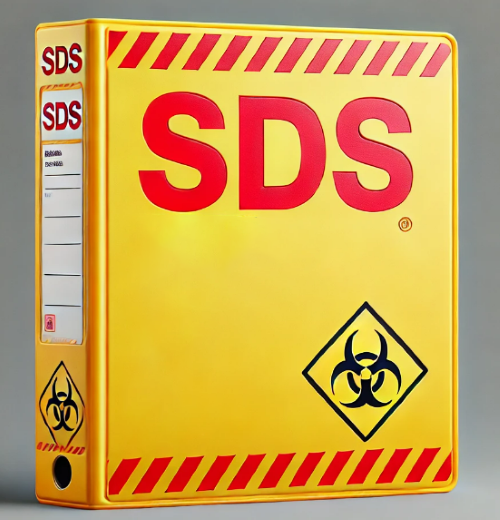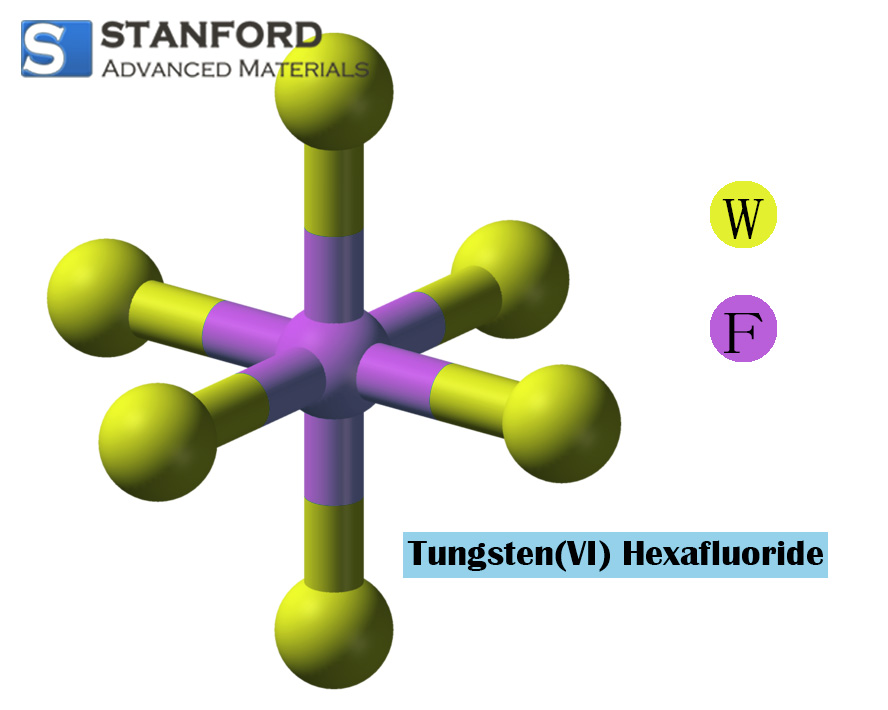MSDS Of Zirconium Oxide
1. Product Designations
Product name: Zirconium Oxide
Relevant identified uses of the substance or mixture and uses that are advised against
Identified uses: laboratory chemicals, manufacture of substances
Manufacturer/Supplier:
Stanford Advanced Materials
23661 Birtcher Dr.
Lake Forest, CA 92630
Telephone: (949) 407-8904
Fax: (949) 812-6690
Email: sales@SAMaterials.com
2. Hazard Identification
Classification of the substance or mixture:
Not a hazardous substance or hazardous mixture.
Labelling elements:
No hazardous substance or mixture is present.
Other hazards:
This substance/mixture does not contain any components that are persistent, bioaccumulative and toxic (PBT) or very persistent and very bioaccumulative (vPvB) at concentrations of 0.1% or higher.
3. Composition/Information on Constituents
Synonyms: Zirconium Dioxide
Zirconium Dioxide
Formula: O2Zr
Molecular weight: 123.22 g/mol
CAS No.: 1314-23-4
According to applicable regulations, no constituents are required to be listed.
4. First Aid Measures
Description of first aid measures:
Inhalation: If inhaled, move the individual to fresh air immediately. If respiratory arrest occurs, perform artificial respiration.
Skin contact: Wash the affected area with soap and plenty of water.
Eye contact: Rinse the eyes cautiously with water.
Ingestion: Do not give anything by mouth to an unconscious individual. Rinse the mouth with water.
5. Fire-fighting Measures
Suitable extinguishing media:
Use water spray, alcohol-resistant foam, dry chemical or carbon dioxide.
Specific hazards arising from the substance or mixture:
Zirconium oxides may be generated under fire conditions.
Advice for fire-fighting:
During fire-fighting, a self-contained breathing apparatus should be worn if required.
5.4 Additional Information:
No data available
6. Accidental Release Measures
Personal precautions, protective equipment and emergency procedures:
Avoid dust formation and the inhalation of vapour, mist or gas.
Environmental precautions:
No specific measures for environmental protection are required.
Methods and materials for containment and cleaning up:
Sweep up and shovel the material. Place it in suitable, sealed containers for disposal.
7. Handling and Storage
Precautions for safe handling:
Ensure that adequate extraction is in place at locations where dust may be generated.
Conditions for safe storage, including any incompatibilities:
Store in a cool place. Keep the container tightly closed in a dry and well-ventilated area.
Storage class: Non-combustible solids
8. Exposure Controls/Personal Protective Equipment
Control measures:
Implement standard industrial hygiene practices.
Personal protective equipment (PPE):
Eye/face protection: Use eye protection that has been tested and approved in accordance with the relevant national standards.
Skin protection: Handle with gloves. Wash and dry the hands after handling.
Body protection: Select body protection based on the type, concentration and quantity of hazardous substances and the specific workplace.
9. Physical and Chemical Properties
Appearance
Form: Powder
Colour: White
Melting point/range: > 2 600 °C
Initial boiling point and boiling range: 4 300 °C at 1013 hPa
Relative density: 5.850 g/cm³
Water solubility: 0.1 g/l – insoluble
Partition coefficient: Octanol/Water
10. Stability and Reactivity
Chemical stability:
The substance is stable under the recommended storage conditions.
Incompatible materials:
Strong oxidising agents, strong acids
Hazardous decomposition products:
Hazardous decomposition products may be formed under fire conditions, including zirconium oxides.
11. Toxicological Information
Carcinogenicity:
According to IARC, no component of this product present at 0.1% or greater is identified as a probable, possible or confirmed human carcinogen.
12. Disposal Considerations
Waste treatment methods:
Product: Offer excess and non-recyclable solutions to a licensed disposal company.
Contaminated packaging: Dispose of in the same manner as unused product.
13. End of the Safety Data Sheet
This safety data sheet is provided solely for your information, consideration and investigation. Stanford Advanced Materials does not guarantee, either expressly or implicitly, and assumes no responsibility for the accuracy or completeness of the data contained herein.

 Bars
Bars
 Beads & Spheres
Beads & Spheres
 Bolts & Nuts
Bolts & Nuts
 Crucibles
Crucibles
 Discs
Discs
 Fibers & Fabrics
Fibers & Fabrics
 Films
Films
 Flake
Flake
 Foams
Foams
 Foil
Foil
 Granules
Granules
 Honeycombs
Honeycombs
 Ink
Ink
 Laminate
Laminate
 Lumps
Lumps
 Meshes
Meshes
 Metallised Film
Metallised Film
 Plate
Plate
 Powders
Powders
 Rod
Rod
 Sheets
Sheets
 Single Crystals
Single Crystals
 Sputtering Target
Sputtering Target
 Tubes
Tubes
 Washer
Washer
 Wires
Wires
 Converters & Calculators
Converters & Calculators
 Write for Us
Write for Us
 Chin Trento
Chin Trento


